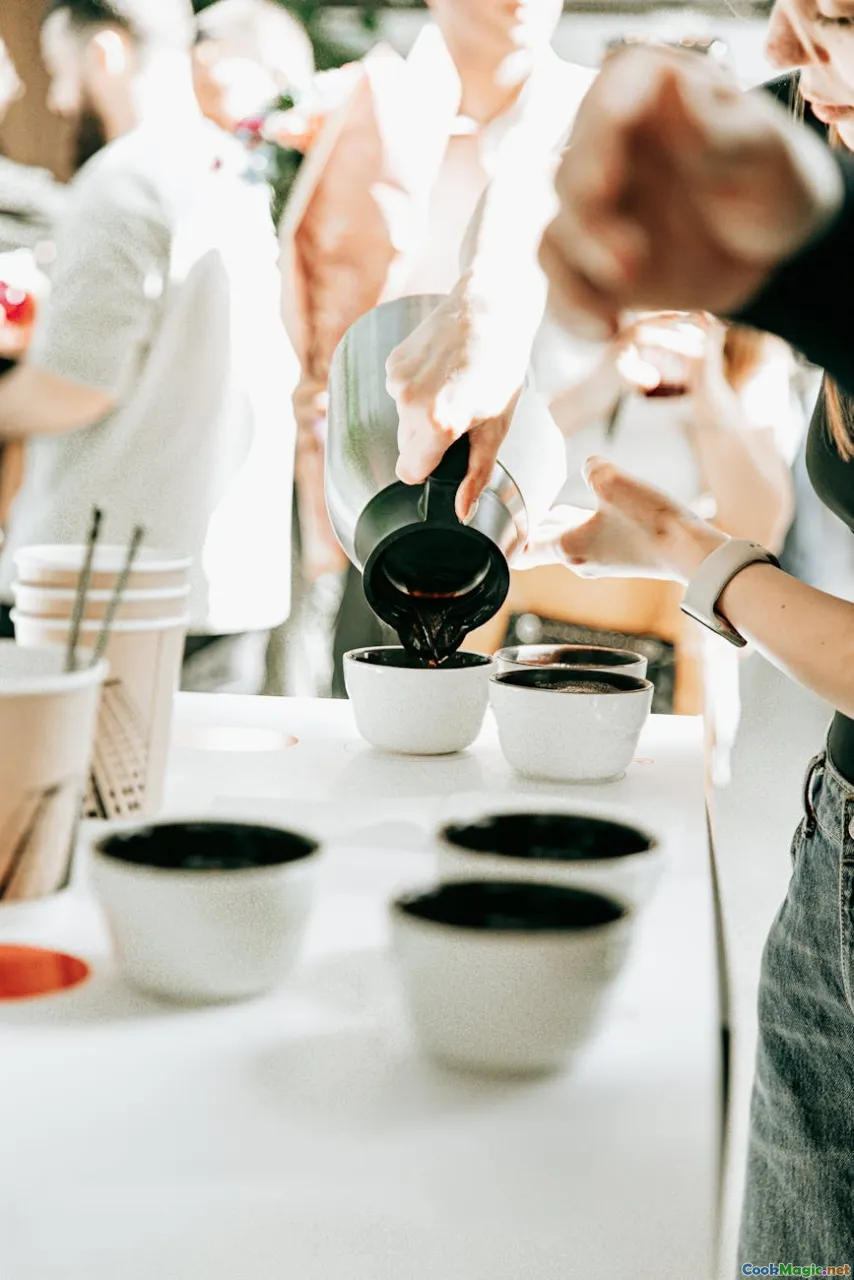Visual Storytelling on a Plate
7 min read Discover how European fusion chefs transform dishes into vibrant visual stories that evoke emotion, culture, and history on a single plate. April 19, 2025 06:00
Visual Storytelling on a Plate
Imagine walking into a bustling European bistro where each dish isn’t just food—it's a narrative, a piece of art that captures history, culture, and emotion in a single glance. In the realm of modern gastronomy, especially within European fusion cuisine, visual storytelling has evolved into an essential language, transcending mere sustenance and becoming a powerful medium of expression. This article explores how chefs craft edible stories, blending tradition and innovation to create plates that speak, evoke, and inspire.
The Art of Visual Narrative in Cuisine
From Ancient Symbols to Modern Art
Long before the advent of plating techniques, humans used food as a storytelling medium—think of the intricate decorations on medieval feasts or the symbolic arrangements in traditional ceremonies. Today, chefs have become modern storytellers, employing color, shape, texture, and composition to communicate narratives that resonate across cultures.
The Power of First Impressions
Our eyes are the first senses to engage when presented with a dish. A beautifully plated dish can evoke anticipation, curiosity, and emotion before the first bite. In European fusion, where diverse culinary traditions intertwine, this visual language becomes even more vital—each element carefully curated to reflect a story.
European Fusion: A Canvas for Visual Storytelling
A Tapestry of Cultures and Flavors
European fusion is a culinary melting pot—melding Italian pasta with Japanese miso, French sauces with Middle Eastern spices, or Scandinavian minimalism with Mediterranean vibrancy. This blend offers endless possibilities for visual storytelling, where each plate becomes a canvas depicting cultural dialogue.
Case Study: A Journey Through a Plate
Consider a dish like Seafood Risotto with Saffron Aioli and Charred Vegetables. The vibrant yellow of saffron-infused rice, topped with microgreens reminiscent of coastal foliage, and a dollop of dark, smoky aioli not only tantalize the palate but also tell a story of sea and land convergence. The colors, textures, and arrangements evoke a narrative of tradition meeting innovation.
Techniques that Elevate Visual Storytelling
Color Harmony and Contrast
Using color intentionally—complementary hues, bold accents, or monochromatic schemes—can guide the diner's eye and evoke specific feelings. For example, a vibrant red beet puree against the muted tones of seared white fish creates a striking visual contrast that hints at the harmony of flavors.
Texture and Layering
Layering ingredients with varying textures—crisp, tender, creamy—adds depth and invites tactile curiosity. Think of a stacked mille-feuille of vegetables, each layer representing a different element of the story.
Plate Composition and Negative Space
The rule of thirds, focal points, and negative space are principles borrowed from visual arts that translate beautifully into plating. A minimalist European-inspired dish might feature a single, artfully arranged piece of protein surrounded by a splash of sauce, emphasizing elegance and narrative focus.
Personal Insights and Cultural Reflections
The Chef’s Narrative
In my experience, the most compelling plates are those that tell a story personal to the chef—a childhood memory, a cultural homage, or an innovative twist on tradition. European fusion chefs often draw from their diverse backgrounds, weaving personal and collective histories into their culinary art.
Emotional Connection Through Presentation
A well-crafted dish can evoke nostalgia, excitement, or curiosity. I recall a dinner in a Lisbon restaurant where a dish of grilled sardines was served with a swirl of olive oil and lemon zest arranged like sun rays—an homage to Portugal’s coastal heritage. The visual cue instantly transported me, creating an emotional bond that enhanced the tasting experience.
The Social and Cultural Impact
Sharing Stories at the Table
Food is inherently social. When dishes are visually compelling, they encourage conversation and storytelling among diners, fostering cultural exchange and understanding. European fusion, with its rich tapestry of influences, often sparks dialogues about history, migration, and identity.
Sustainability and Visuals
Contemporary chefs also use visual storytelling to promote sustainability—highlighting local ingredients, seasonal produce, and eco-friendly practices through vibrant and meaningful presentation.
Concluding Thoughts: The Future of Visual Food Stories
As culinary innovation accelerates, the art of storytelling on a plate will only grow more sophisticated. Augmented reality, edible art, and interactive plating are on the horizon, promising to deepen the narrative experience.
European fusion cuisine stands at this crossroads—constantly evolving, blending, and narrating stories that resonate across borders. When done with intention and artistry, each plate becomes a window into a world—rich in history, culture, and emotion—crafted to delight the senses and touch the soul.
In the end, a plate is more than just food—it’s a story waiting to be told, one that invites us to taste, see, and experience the diverse tapestry of human culture through the universal language of cuisine.









